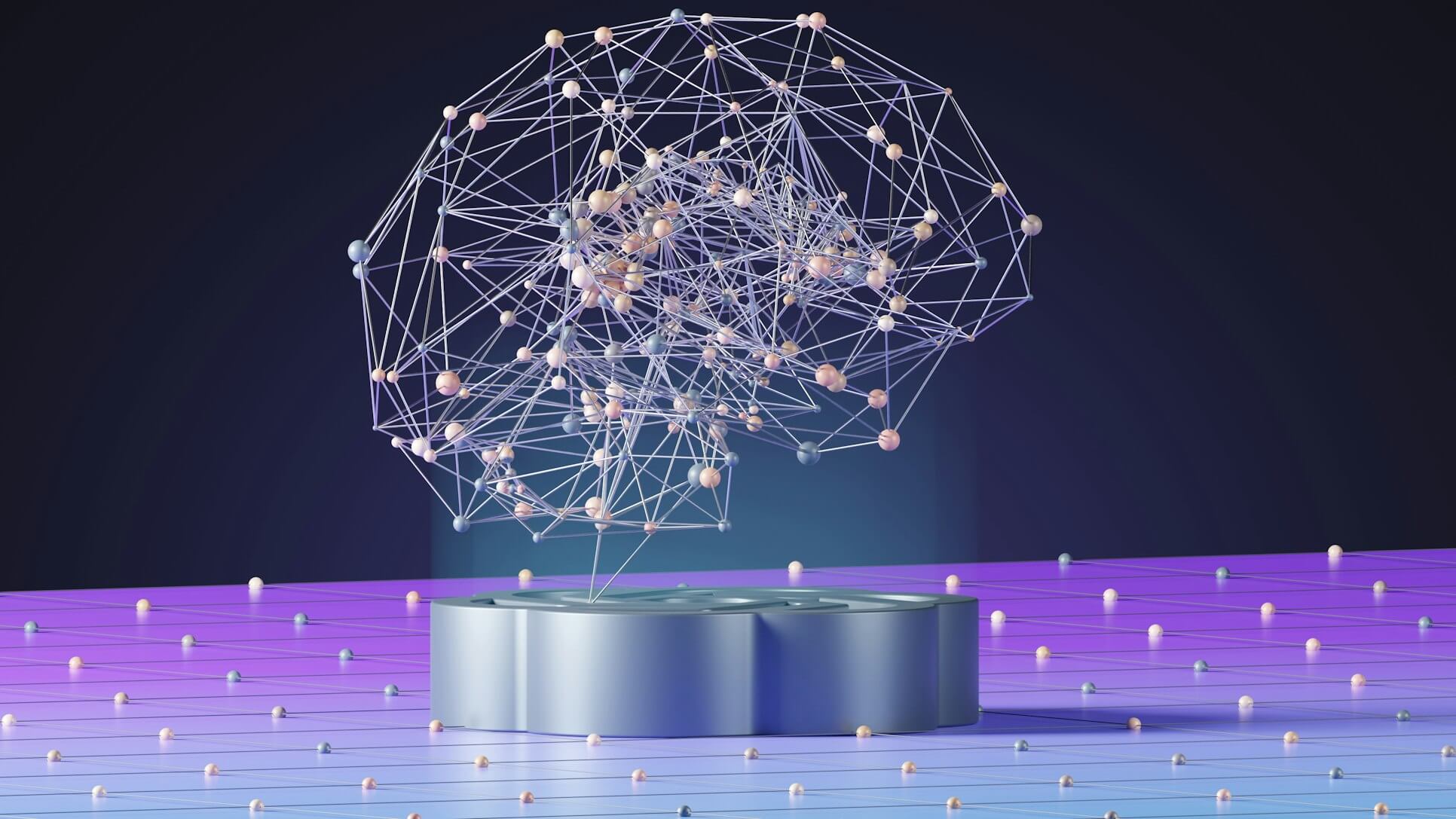Modernizing HL7 Interfaces for HIPAA-Compliant EHR Integration
Alphasaurs Team
2 min read

Table of Contents
The Challenge
General Hospital’s aging infrastructure caused:
- Outdated HL7v2 interfaces requiring manual reconciliation
- 72-hour delays in critical lab/test results
- PHI security risks from unencrypted SFTP transfers
- $500K/year in interface maintenance costs
Our MuleSoft HL7 Modernization
How We Did It:
HL7v2 to FHIR Transformation:
- Built real-time conversion engine for ADT/ORM/ORU messages
- Implemented automated ACK/NACK handling
- Created error quarantine with auto-retry logic
HIPAA-Secure Architecture:
- Replaced SFTP with TLS 1.3 encrypted APIs
- Implemented PHI detection and redaction
- Established granular audit logs meeting 45 CFR §164.312
Legacy System Integration:
- Connected 20-year-old Meditech system via MLLP
- Developed API wrappers for mainframe billing
- Created downtime contingency protocols
Measurable Outcomes
| Metric | Before | After | Improvement |
|---|---|---|---|
| Result delivery time | 72 hrs | 9 mins | 99.8% faster |
| Interface errors | 18% | 0.2% | 99% reduction |
| Audit readiness time | 3 weeks | 2 hrs | 99% faster |
| Annual maintenance cost | $500K | $90K | 82% savings |
Key Statistics:
- Processed 2.3M HL7 messages/month flawlessly
- Achieved 100% HIPAA audit compliance
- Reduced interface development time from 6 weeks to 3 days
Why This Worked
HL7 Deep Expertise:
- Certified HL7 FHIR specialists on team
- Library of pre-built HL7 acceleration templates
Compliance by Design:
- PHI protection engineered into every layer
- Automated audit log generation
- Regular penetration testing
Future-Proof Approach:
- Gradual FHIR transition path
- API-led connectivity for new systems
- Modular architecture for easy upgrades